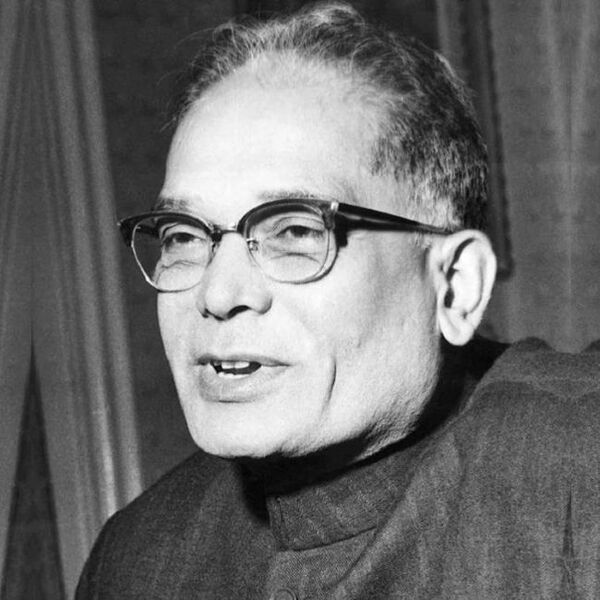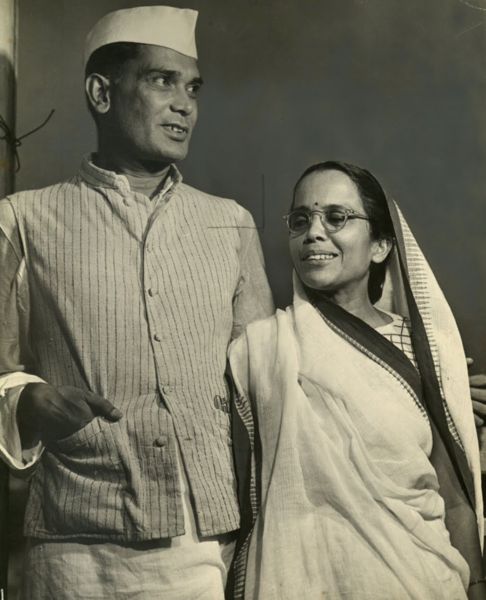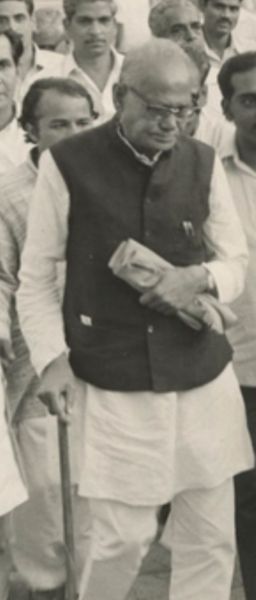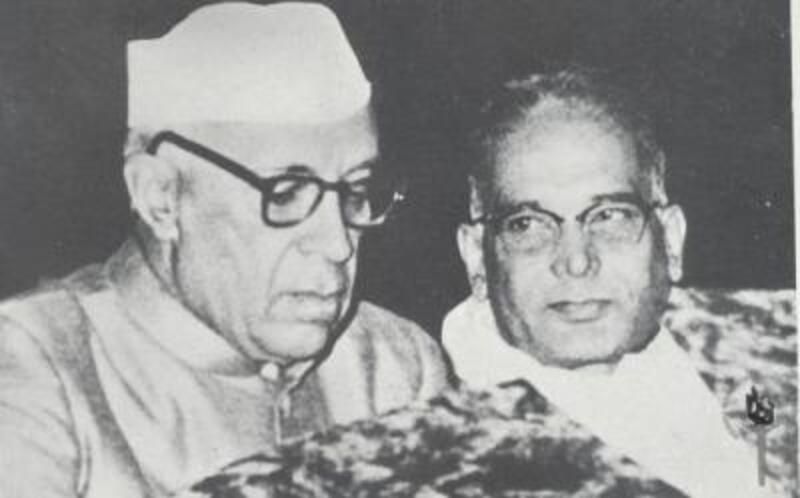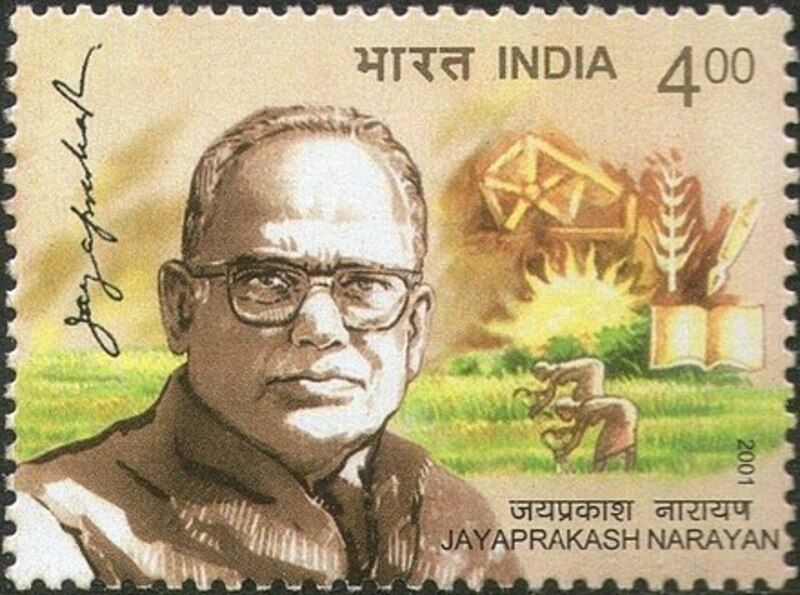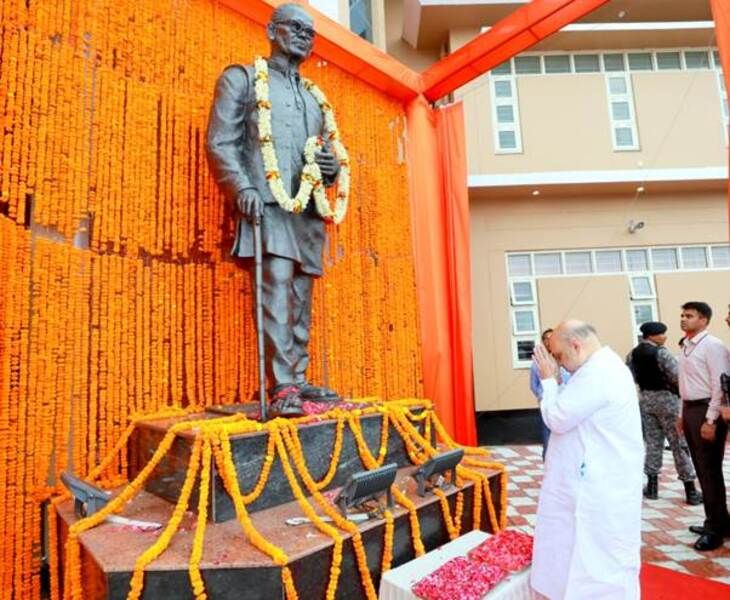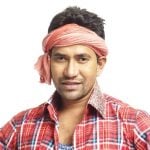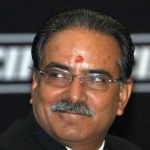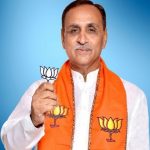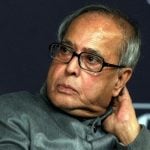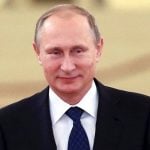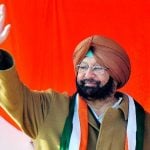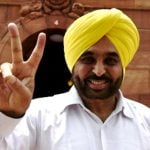Jayaprakash Narayan Age, Death, Wife, Family, Biography
Quick Info→
Hometown: Sitab Diara
Death Date: 08/10/1979
Age: 76 Years
Some Lesser Known Facts About Jayaprakash Narayan
- Jayaprakash Narayan’s childhood home was near the banks of the flood-prone Ghaghara river and every time the river waves rose, their house would get slightly damaged which eventually used to force the family to move a few kilometres away to a place which is now known as Jayprakash Nagar in Uttar Pradesh.
- Jayaprakash was nine years old when he moved to Patna to attend school. He used to stay at Saraswati Bhawan which was a student hostel. Most of the boys in the hostel were older than him and included some of Bihar’s leaders like its first chief minister Krishna Singh and deputy Anugrah Narayan Sinha.
- Soon after his wedding to Prabhavati Devi, he along with some of his friends went to listen to Maulana Abul Kalam Azad speak about Gandhi’s non-cooperation movement against the passing of the Rowlatt Act of 1919. Azad was a serious orator and his call to give up English education inspired Jayaprakash majorly.
- After listening to Maulana Abul Kalam Azad, Jayaprakash Narayan decided to leave the Bihar National College when there were just 20 days left for his examinations. Jayaprakash joined the Bihar Vidyapeeth which was a college founded by Rajendra Prasad. Jayaprakash was among the first students of Gandhian Anugraha Narayan Sinha.
- 1922. Jayaprakash Narayan along with three friends took a train from Patna to Calcutta and then to Kobe (Japan). From Kobe, Narayan and his friends took a train to Yokohama where they bought seats in a ship named ‘Janus’ which belonged to a Japanese line, which had been acquired by Japan as part of German reparations for World War I.
- In October 1922, Narayan reached the docks of San Francisco (California) to pursue his higher education. He went alone while his wife stayed back in India.
- After a night in San Francisco, Narayan reached the University of Berkeley as an undergraduate student of chemistry. After reaching out, the registrar informed him that he was late for the semester and would have to wait for the next Spring semester to study full-time.
- While studying at the University of Berkeley, he began to realise that he was more inclined towards sociology than science because of his expectation of a national revolution in India.
- He thought that a study of science would not assist him much in his work as a revolutionary and that’s when he left the course midway and enrolled himself in the social sciences at Wisconsin University.
- To pay for his education in America, Narayan used to pick grapes, pack fruits at a canning factory, wash dishes, sell lotions, and work as a garage mechanic and at a slaughterhouse.
- While studying at Wisconsin University, Jayaprakash used to read the writings of social scientists like Marx, Lenin, Trotsky, Plekhanov and Rosa Luxemburg. He read the three volumes of Das Kapital and everything available in English that Marx had written.
- News of the success of the Bolsheviks in the Russian Civil War made Narayan realise that ‘Marxism’ was the way the only way to lessen the suffering of the masses.
- He read from the works of Indian intellectual and Marxist theorist M. N. Roy. The best sociology paper of the year was Jayaprakash’s writing titled ‘Cultural Variation.’
- Narayan was so concentrated on his reading that he did not write to his family members or friends for a year and they became exceedingly worried about him; however, he did write to his wife Prabhavati.
- He was granted a post-graduation scholarship along with an invitation to study in the Soviet Union. Narayan wrote to his wife to inform her about the same and requested her to accompany him on his visit to Moscow; however, Prabhavati refused to go with him.
- Narayan was convinced by his father Braj Kishore from India to go to Moscow and become a Bolshevik which was led by leftist revolutionary Vladimir Lenin of Russia.
- The subject of his thesis for his Master of Arts was ‘Social Variation.’ It was declared the best paper of the year in which he took the Marxist viewpoint of dialectical and historical materialism.
- Jayaprakash Narayan planned to continue his studies until he had completed his PhD but he could not because his mother fell very ill in India from dropsy (swelling of soft tissues) that she was bedridden.
- During his time in Wisconsin, he started getting engrossed in the writings of M. N. Roy which made an impact on his political mind. He used to read Roy’s writings like ‘The Aftermath of Non-co-operation’ and ‘India in Transition.’
- The writing of M. N. Roy moulded his thoughts and led him to a confirmed Marxist.
- Narayan also met the Indian academic and politician K. B. Menon who was at that time teaching at Harvard University. K. B. Menon motivated Jayaprakash Narayan to return to India and join the independence movement there.
- In 1929, Jayaprakash Narayan returned to India as a Marxist.
- After coming back to India, Jawaharlal Nehru was impressed by him and invited him to come to Allahabad and head the labour research department of the Indian National Congress.
- In the same year, he joined the Indian National Congress (INC or Congress) at the invitation of Jawaharlal Nehru where Mahatma Gandhi became Narayan’s mentor in the Congress party.
- Narayan used to share a house at Kadam Kuan in Patna with his close friend and nationalist Ganga Sharan Singh (Sinha).
- During his time in Nasik Jail from 1930 to 1934, he met many national leaders including Rammanohar Lohia, Minoo Masani, Achyut Patwardhan, Yusuf Desai, and C K Narayanaswami.
- In 1934, after Jayaprakash’s release from jail, a left-wing group within the Congress party was formed which was named the ‘Congress Socialist Party (CSP)’ which was formed with Acharya Narendra Deva as President and Jayaprakash Narayan as general secretary.
- In 1942, When Mahatma Gandhi launched the Quit India Movement, Narayan, along with Yogendra Shukla, Suraj Narayan Singh, Gulab Chand Gupta and many others scaled the wall of Hazaribagh Central Jail to start an underground movement for freedom.
- During the Quit India Movement march, Narayan was ill and Indian nationalist and freedom fighter Yogendra Shukla walked to Gaya with Narayan on his shoulders and covered a distance of about 124 km.
- Narayan served as the chairman of the Anugrah Narayan Memorial Fund named ‘Anugrah Smarak Nidhi.’
- Between 1947 and 1953, Jayaprakash Narayan served as the President of All India Railwaymen’s Federation which was the largest labour union in the Indian Railways.
- On May 19, 1959, Martin Luther King Jr. wrote a letter from Montgomery, Alabama (USA) to Narayan about his trip to the Ashram in Bihar on February 14. The letter stated that
Words are inadequate for me to express my appreciation to you for making our recent visit to India such a meaningful and enjoyable one. I will long remember our moments together.”
- In 1973, the Patna domestic airport was built and named after Jayaprakash Narayan as ‘Jay Prakash Narayan Airport.’
- In 1975, when the Allahabad High Court found Indira Gandhi guilty of violating electoral laws, Narayan called for Gandhi and the CMs to resign. He advocated a program of social transformation, which he termed ‘Sampoorna Kraanti’ (total revolution).
- Indira Gandhi declared a national emergency on the midnight of 25 June 1975. Opposition leaders and members of Gandhi’s own party who disagreed with Gandhi’s ideologies were arrested that day.
- A few days later in the same year, Jayaprakash Narayan gathered a crowd of 100,000 people at Ramlila grounds and recited National Poet Ramdhari Singh Dinkar’s poem ‘Singhasan Khaali Karo Ke Janata Aaati Hai’ after which he was detained in Chandigarh.
- He asked for one month of parole ((permission for a prisoner to be released before their period in prison is finished) to mobilise help in the areas and flooded parts of Bihar.
- On 12 November 1975, Jayaprakash Narayan was diagnosed with kidney failure at the Jaslok Hospital, Bombay.
- When Narayan was jailed by the then-Indian prime minister Indira Gandhi, the socialist politician Surur Hoda launched ‘Free JP’ which was a campaign in the UK for the release of Jayaprakash Narayan that was supported by Nobel Peace Prize winner Philip Noel-Baker.
- On 18 January 1977, Indira Gandhi revoked the emergency and announced elections.
- A political party named ‘Janata Party’ was formed under the guidance of Jayaprakash which aimed at working in opposition to Indira Gandhi.
- In 1977 during the Indian presidential election, Narayan was proposed to become the President of India by Janata Party leaders but he refused and Neelam Sanjiva Reddy who was the then Speaker of the Lok Sabha became President.
- In the same year, the Irwin Hospital of Delhi was renamed ‘Lok Nayak Jai Prakash Hospital’ (LNJP).
- In 1979, when he was admitted to the hospital, the then-Indian prime minister Morarji Desai mistakenly announced Jayaprakash Narayan’s death which caused national mourning in terms of the suspension of parliament and regular radio broadcasting, and the closure of schools and shops.
- When Narayan was informed about this mistake of Morarji Desai, he didn’t say anything but just smiled at the situation.
- In 2001, Narayan’s photo was printed on the 2001 stamp of India.
- In 2003, the ‘Institute of Criminology and Forensic Science’ of Delhi was renamed as ‘Lok Nayak Jayaprakash Narayan National Institute of Criminology & Forensic Science.’
- In 2004, a Hindi biographical film titled ‘Loknayak’ was released which was based on the life of Jayaprakash Narayan. Indian actor Chetan Pandit played the character of Jayaprakash Narayan and Tisca Chopra played the character of his wife Prabhavati Devi.
- In 2013, an Indian television political documentary series titled ‘Pradhanmantri’ was released in which the Indian actor Achyut Potdar played the character of Jayaprakash Narayan.
- In 2015, in honour of Jayaprakash Narayan, the Chhapra-Delhi-Chhapra Weekly Express was renamed ‘Loknayak Express.’
- The Digha-Sonpur Bridge or JP Setu which is a rail-road bridge across the river Ganga in Bihar is named after Jayaprakash Narayan.
- Residential areas in Bangalore and Mysore are named after Jayaprakash Narayan as Jayaprakash Nagar (JP Nagar).
- In 2021, Narendra Modi unveiled the statue of Jayaprakash Narayan in Vadodara, Gujarat on the occasion of his 121st birth anniversary.

